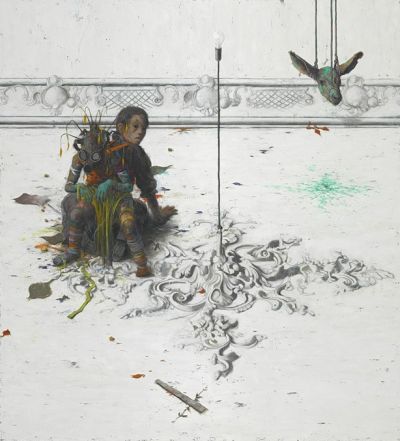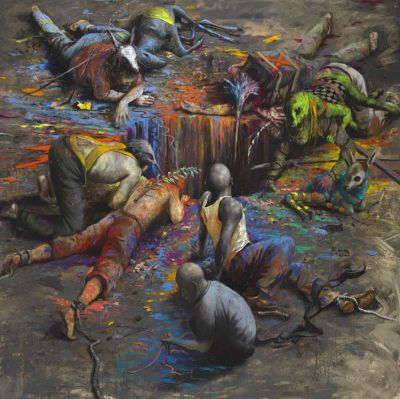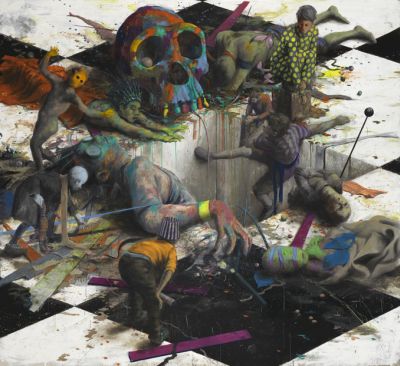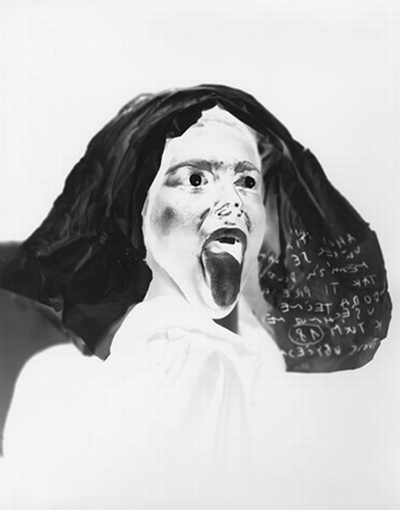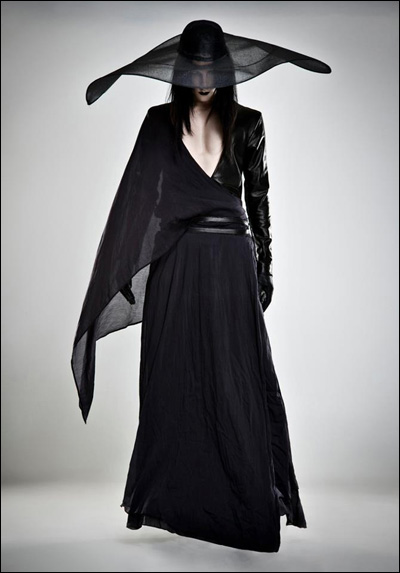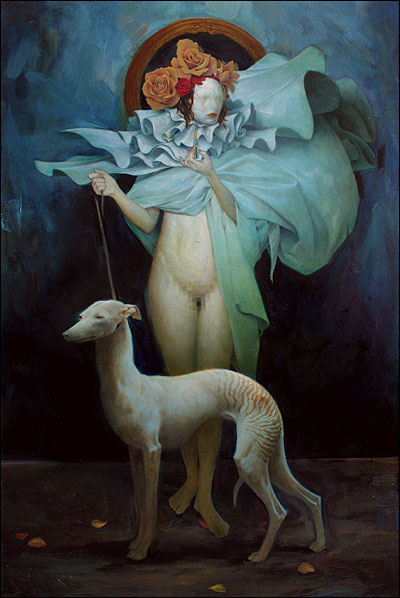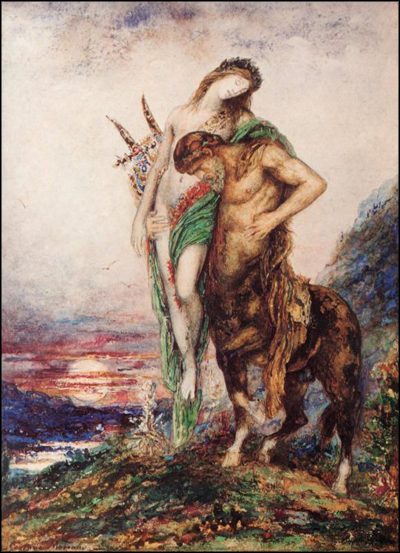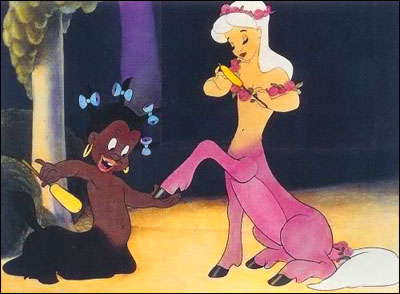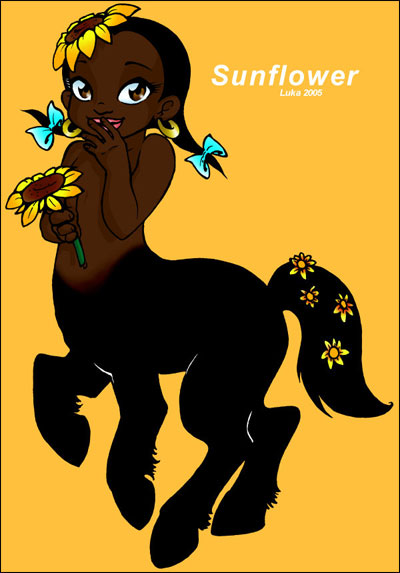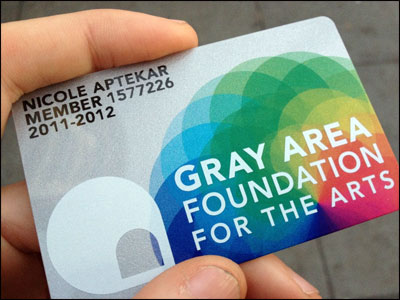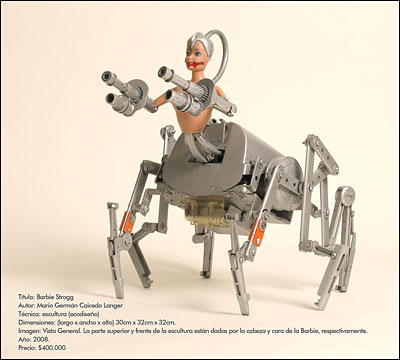Three Kickstarter Projects Worth Supporting: Take This Book, Cakeland and Ethical Corsetry
2011 was an incredible year. With all the hope, uncertainty and weirdness that lies ahead in 2012 – election year, Alan Turing Year, the year of the Mayan Apocalypse, the year that 2011 seeds come to fruition – why not start on a good karmic note? Three incredible Kickstarter projects need your help. Here they are, in order of how soon they’re ending:
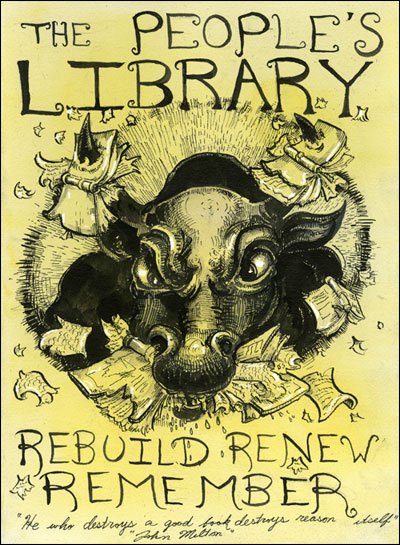
Take This Book: The People’s Library at Occupy Wall Street. A nonfiction book by Melissa Gira Grant that tells the story of the The People’s Library, as imparted by many of the librarians that maintained it in Zuccotti Park before the police raid on November 15th. Here is an excerpt from the book. To many people, the destruction of the library was a painful moment in Americna history; the image of police throwing carefully-curated, free books from the volunteer-run library into dump trucks felt like a symbol for the repression of free speech.
“Take This Book is an extended essay — just over 10,000 words — based on the stories of the librarians and the library’s patrons. (Maybe you were one of them.) It can’t be the whole story, because it’s still happening.” Donating $1 will get you a digital copy of the book, and donating $20 or more will get you a print edition. For $250 or more, you can get a signed and numbered “People’s Library” print from Molly Crabapple, seen above. There are only 18 hours left on this campaign at time of writing. Donate now!
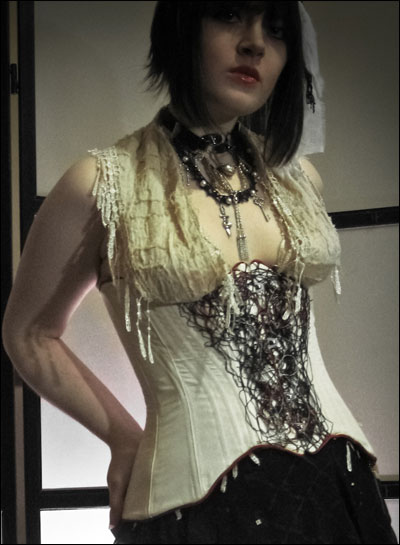
Rachael Reichert’s Ethical Luxury Corset Collection. When you Google image search “eco clothing” and variations thereof, you get a lot of green and earth tones, lots of yoga pants, and more than a fair share of loose, flowy dresses. This is great, but it leaves many of us who care about ethical clothing of a more vintage/fetishy persuasion out in the cold. Designer Rachael Reichert wants to take on the challenge of crafting a collection of luxury corsets using nothing but ethical, fair-trade and (when possible) locally-sourced material.
Her fabrics will will include organic cotton that is grown, woven, and dyed according to Global Organic Trade Standards in India, as well as peace silk or wild silk, produced by a process in which “fibre is pulled out from the cocoon after the moth has emerged, and hand spun.” Reichert plans to use steels bones, vintage twill tape, aluminium grommets, and locally handmade bobbin lace as well as her own signature handmade thread lace. The goal is to make luxurious, elegant alternative clothes “with a clean conscience”.
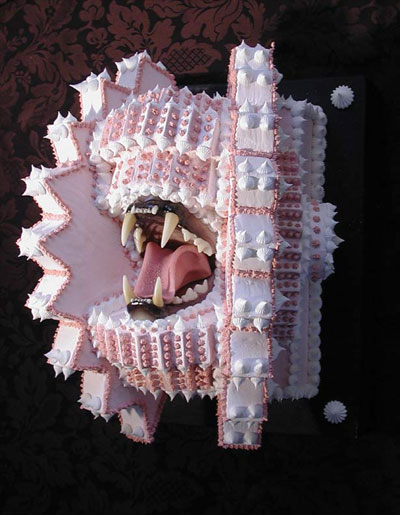
Cakeland. A giant, cake-themed art installation built by Scott Hove. A magical wonderland of icing, joy and despair. See the beautiful high-res images over at Hi-Fructose. Cakeland will feature “60 full length mirrors, cake chandeliers, theatrical lighting, moving parts and sound to make the most stunningly beautiful and lush mirror maze and art installation you will ever see.”
The most incredible thing about this version of Cakeland (smaller ones have been built before) is that it’s entirely mobile! Cakeland will probably travel to your city, or a city near you. Help make Cakeland happen, and you will one day be able to walk its delicious halls.



